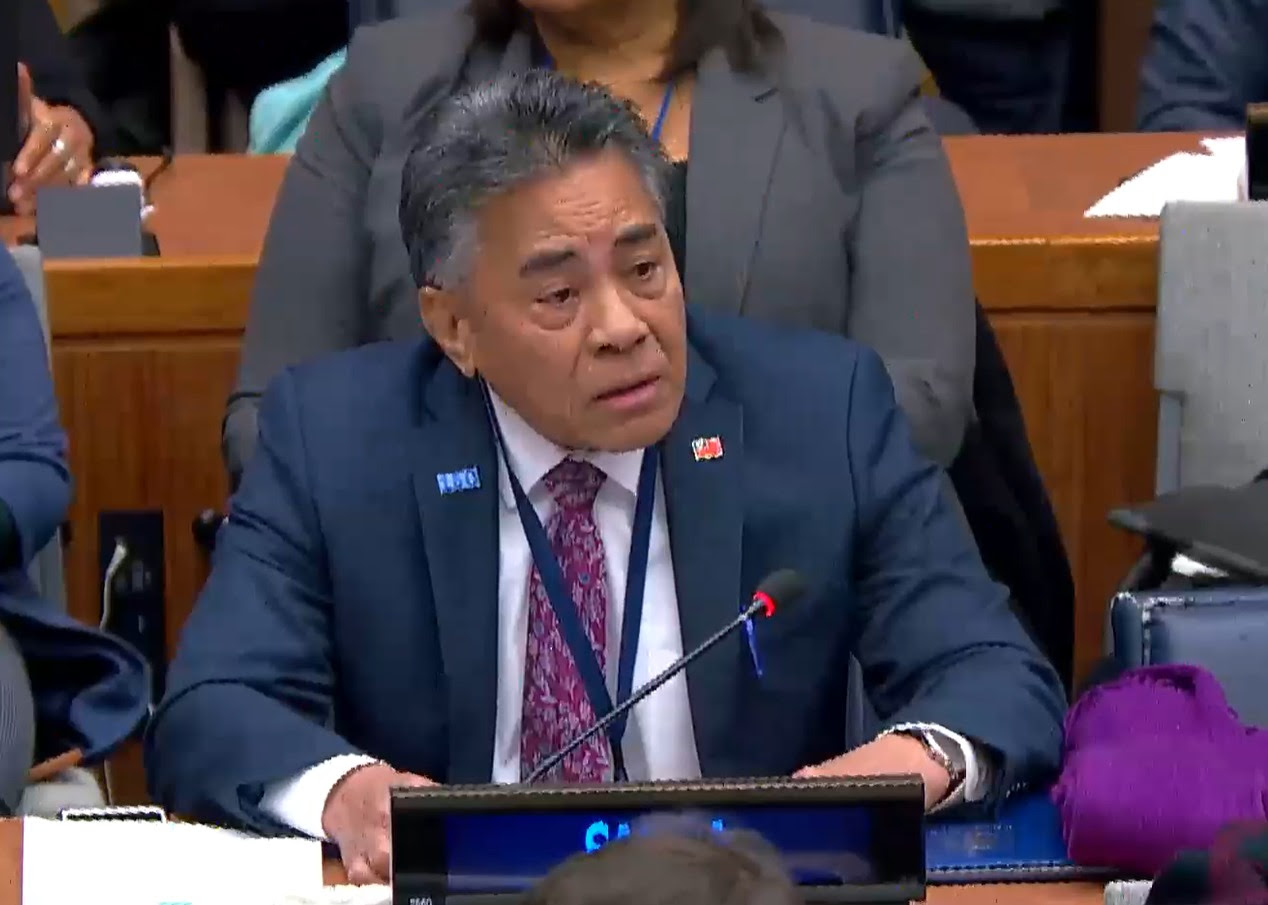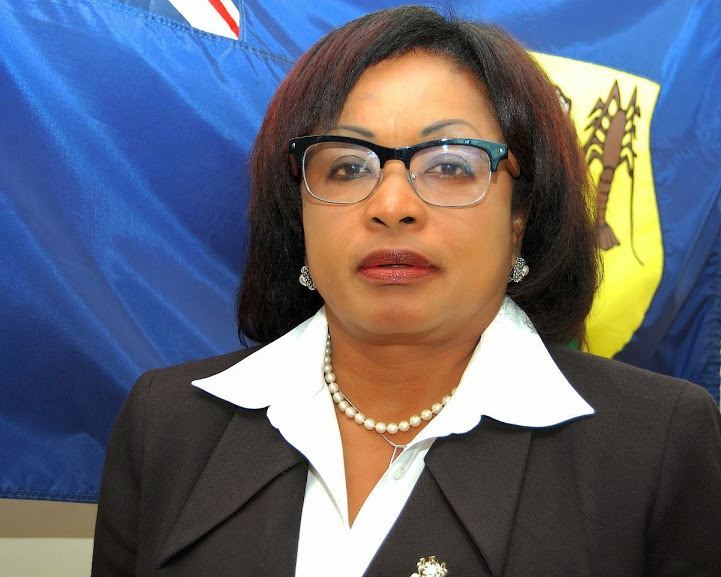Access to local marine data has always been proven to be difficult in St. Kitts and Nevis. In light of this, the Department of Environment in collaboration with the Department of Marine Resources recently installed a Coral Reef Early Warning Systems (CREWS) at Paradise Reef, in the vicinity of Sandy Point in an effort to better understand what is happening in the waters and why.
The buoy, which is located about 0.75 nautical miles North East of Charles Fort, is part of a climate change adaptation project funded by the United States Agency for International Development (USAID).
Cheryl Jeffers, Conservation Officer in the Department of Environment, further explained the role of the installed buoy.
“The CREWS buoy will be measuring meteorological parameters such as wind speeds, wind gusts, wind direction, air temperature, relative humidity, barometric pressure and precipitation. These parameters are typically measured on most meteorological stations installed at strategic locations around the Islands of St. Kitts and Nevis,” she said.
“However, one of the areas that we were yet to access data was our marine environment. With the installation of the CREWS buoy, we can now access oceanographic parameters such as sea temperature, salinity and algae content which will allow us to better understand the biological mechanisms in the selected area as well as better predict coral bleaching over time.”
She noted that the Government of St. Kitts and Nevis has garnered relationships with a number of regional and international entities to ensure that the Federation is in good standing, especially where climate change is involved.
“With the changing climate, the partnership that the Government of St. Kitts and Nevis has fostered with the National Oceanic and Atmospheric Administration (NOAA) is extremely important. NOAA has agreed to continue to support the information infrastructure by archiving the data and subsequently analyzing it to produce user friendly outputs such as ecological forecasts. The impacts of climate change to our marine environment continue to be serious and as such partnerships such as these are welcomed,” said the conservation officer.
In an effort to minimize any possible damages to this very important piece of equipment, the Departments of Environment and Marine Resources are urging all mariners and fisher folks navigating within the vicinity of Sandy Point to proceed with extreme caution and to stay clear of the buoy.
Technical assistance to support the installation of the CREWS buoy was received from a team of experts from NOAA, the Environmental Mooring Institute (EMI) and the Caribbean Community Climate Change Centre (CCCCC). Critical sectors such as Coast Guard Unit of the St. Kitts-Nevis Defence Force and Maritime Affairs were also involved in the process.
CREWS stations have already been established in waters around Puerto Rico; St. Croix; Jamaica; Bahamas; Barbados; Belize; Grand Cayman; Florida; the Dominican Republic; and Tobago. Antigua and Barbuda. St. Vincent and the Grenadines, Grenada and Saint Lucia are to follow shortly.




